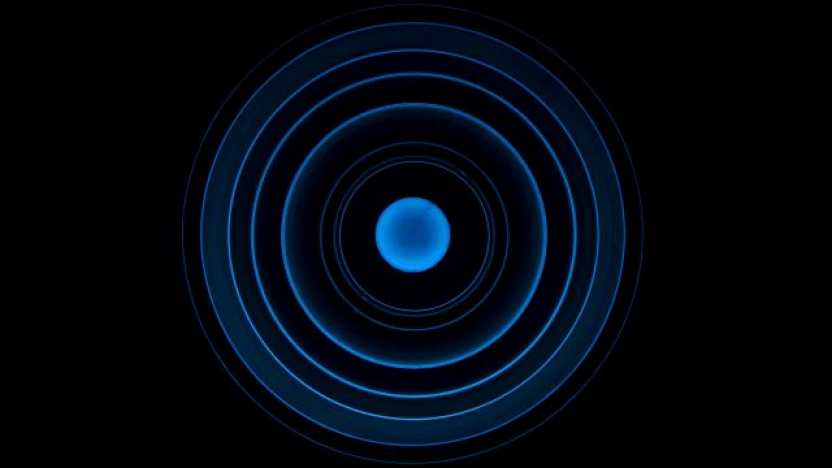Artificial intelligence and copyright: Who owns AI-generated images?

Thanks to AI art generators, it’s easier to be ‘creative’ than ever before, but who owns the copyright for art that has been created by a machine? Niké Mion examines recent case law on artificial intelligence and copyright.
Artificial intelligence (AI) tools, such as Midjourney, Canva AI and DALL-E 2, enable users to generate images, illustrations and even artwork, taking DIY art into a completely new dimension. So good are these tools that their output can be almost indistinguishable from the work of a real artist. This makes them a delight for anyone wanting to make something beautiful quickly and cheaply, but a potential threat to traditional artists – and a possible challenge for IP professionals.
Artificial intelligence and copyright: considerations for AI-generated images
- What is copyright, and how does it work?
Copyright gives creators of literary, scientific or artistic works the right to control how their work is used. This includes the exclusive right to publish and/or reproduce that work, the right to be identified as its author, and the right to object to distortions and derivatives of that work. To qualify for copyright protection, the work must be sufficiently original, be the intellectual creation of its maker and be produced in some way (e.g. drawn, written or performed).
- What are AI art generators, and how do they work?
Some AI art generators, such as Midjourney, create images using text prompts entered by the user (text-to-image). The AI creates one or more images based on the data at its disposal. This data consists of thousands of images of pre-existing art. Other generators allow users to upload images and use those as the basis for the work. The user can further edit the selected image by entering other prompts. Many generators have options that allow users to choose a particular style for the work, such as anime, painting or 3D. The output of the AI depends on the available data and the commands the user gives.
Artificial intelligence and copyright: Who creates AI-generated images?
To be eligible to be a copyright holder, the creator of the work must be a human being, according to established case law (Naruto v Slater). This is because only a person is deemed capable of making creative choices and personalising the work. An AI tool cannot be considered a creator because it has no creative autonomy, but instead works/learns based on data entered by the human users of the AI.
In principle, the user of the AI tool that generated the work will hold the copyright on the work, therefore, provided it is sufficiently original and bears a personal stamp.
However, the law around this topic is still relatively new, and it is difficult to define when an AI-generated image can be considered a work under copyright law.
In February 2023, for example, the US Copyright Office decided that a comic book created using AI (Zarya of the Dawn) was eligible for copyright protection to a certain extent:
- As the author (Kristina Kashtanova) had written all the text and generated the images using Midjourney, copyright was held to cover the written texts and the comic book as a whole (ie, the selection, coordination and ranking of the texts and images).
- However, the author did not obtain the copyright to the individual images on the grounds that Midjourney generates the images unpredictably, so the creator does not have sufficient control over the appearance of the AI-generated image.
The author went to great lengths to demonstrate that the final images were a product of her creative choices; for example, arguing that she had spent a year creating the images, writing the text and putting together the comic book. In addition, she showed examples of prompts she had used to generate the images on Midjourney, some of which comprised around a hundred words. Kashtanova also showed examples of many draft and unused AI-generated images to illustrate that she had not always used the first best image, but that the final image was a (creative) trial-and-error process. However, the US Copyright Office remained unconvinced.
It is worth noting that this artificial intelligence and copyright ruling focused purely on the use of Midjourney, so it could be possible to hold copyright on images created with other AI art generators. Given that this is a US decision, it is also possible that the EU courts may view things differently. We will continue to keep an eye on this evolving area of IP law and update you as further cases emerge.
For more information on artificial intelligence and copyright, speak to your Novagraaf attorney or contact us below.
Niké Mion is a BMM-certified trademark and design attorney based at Novagraaf in Amsterdam.